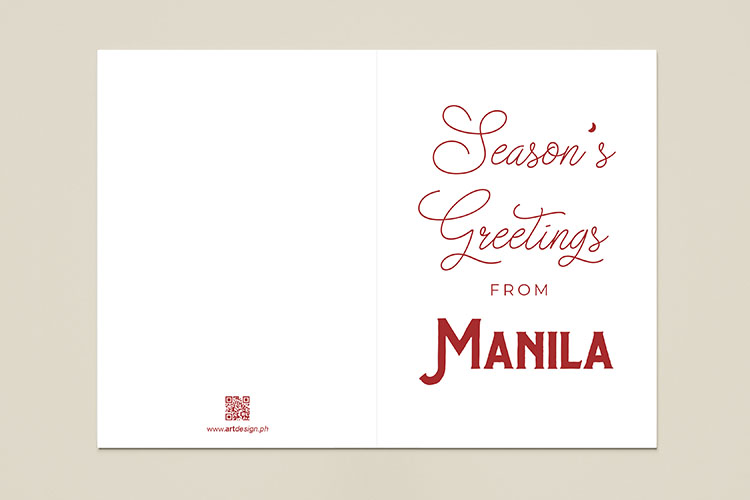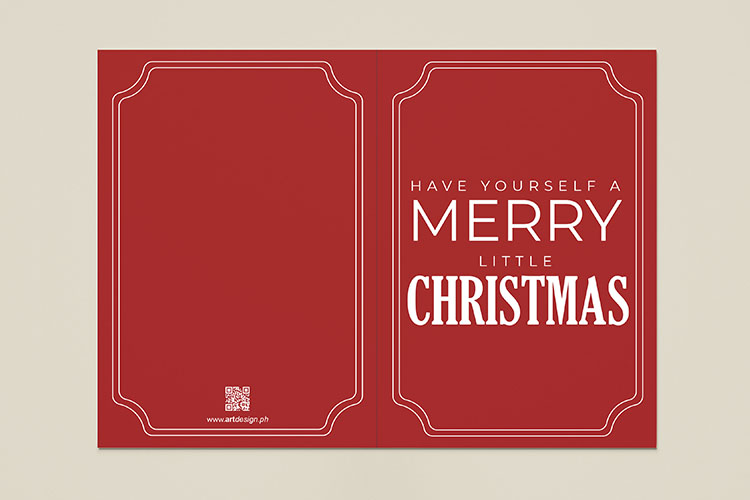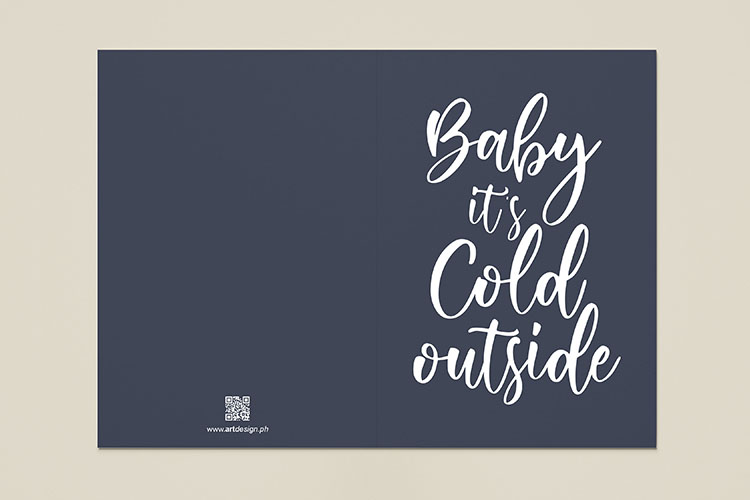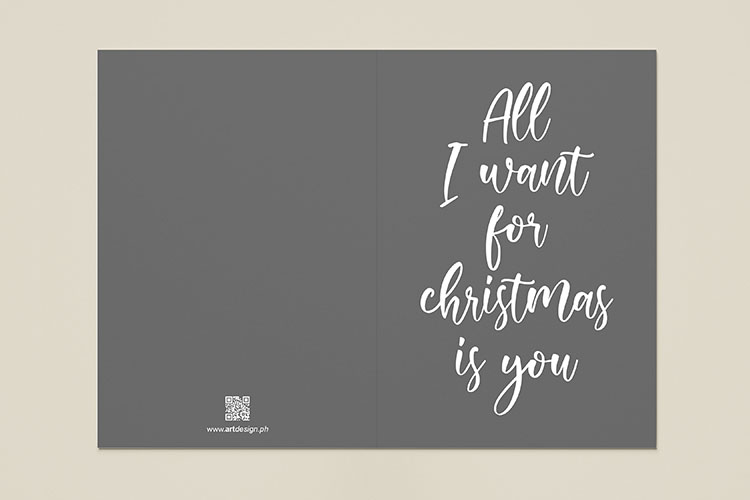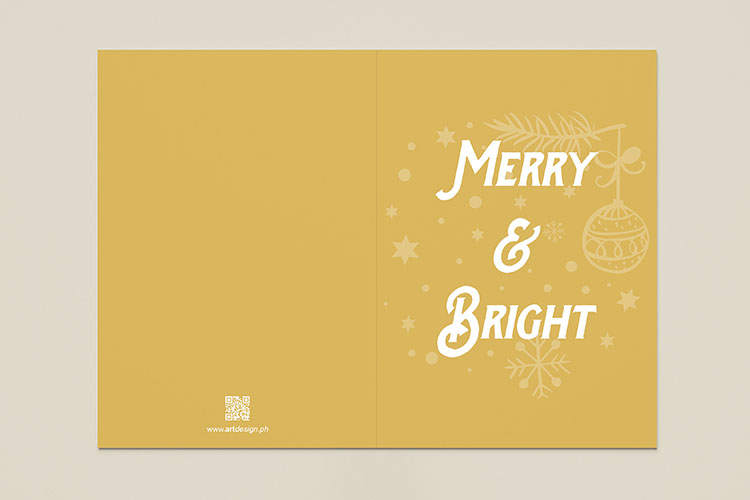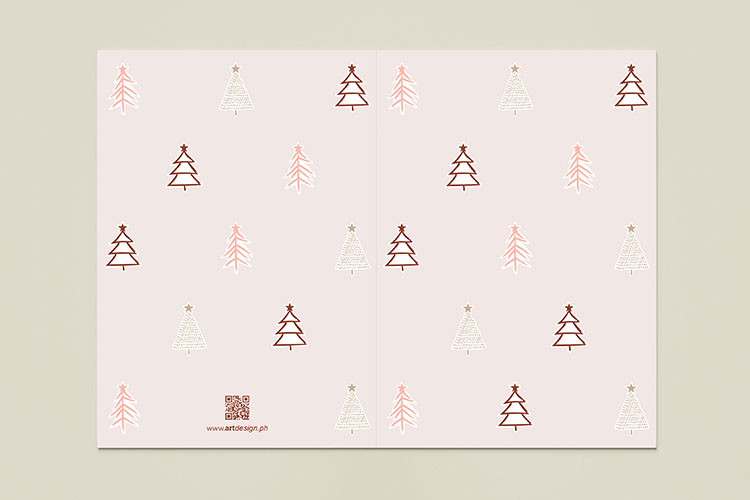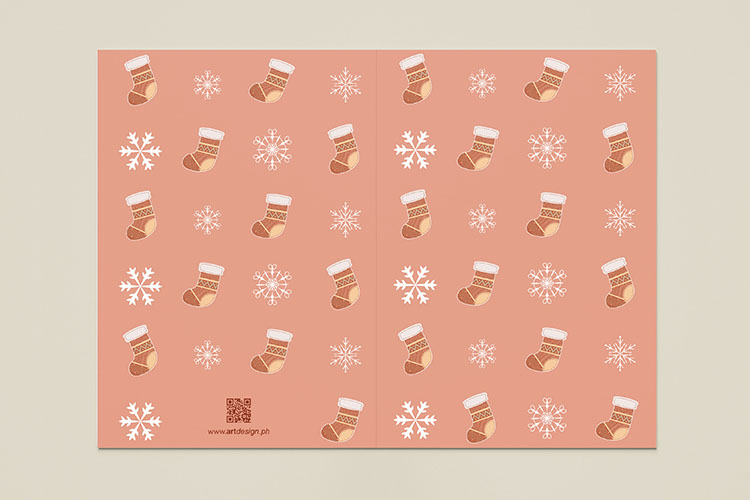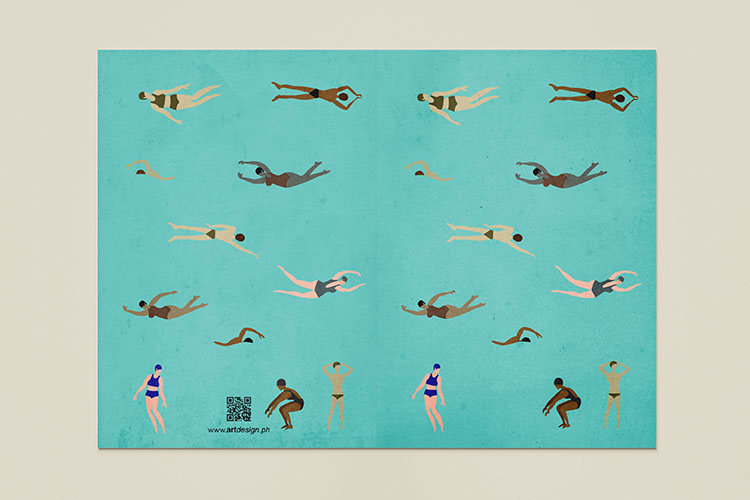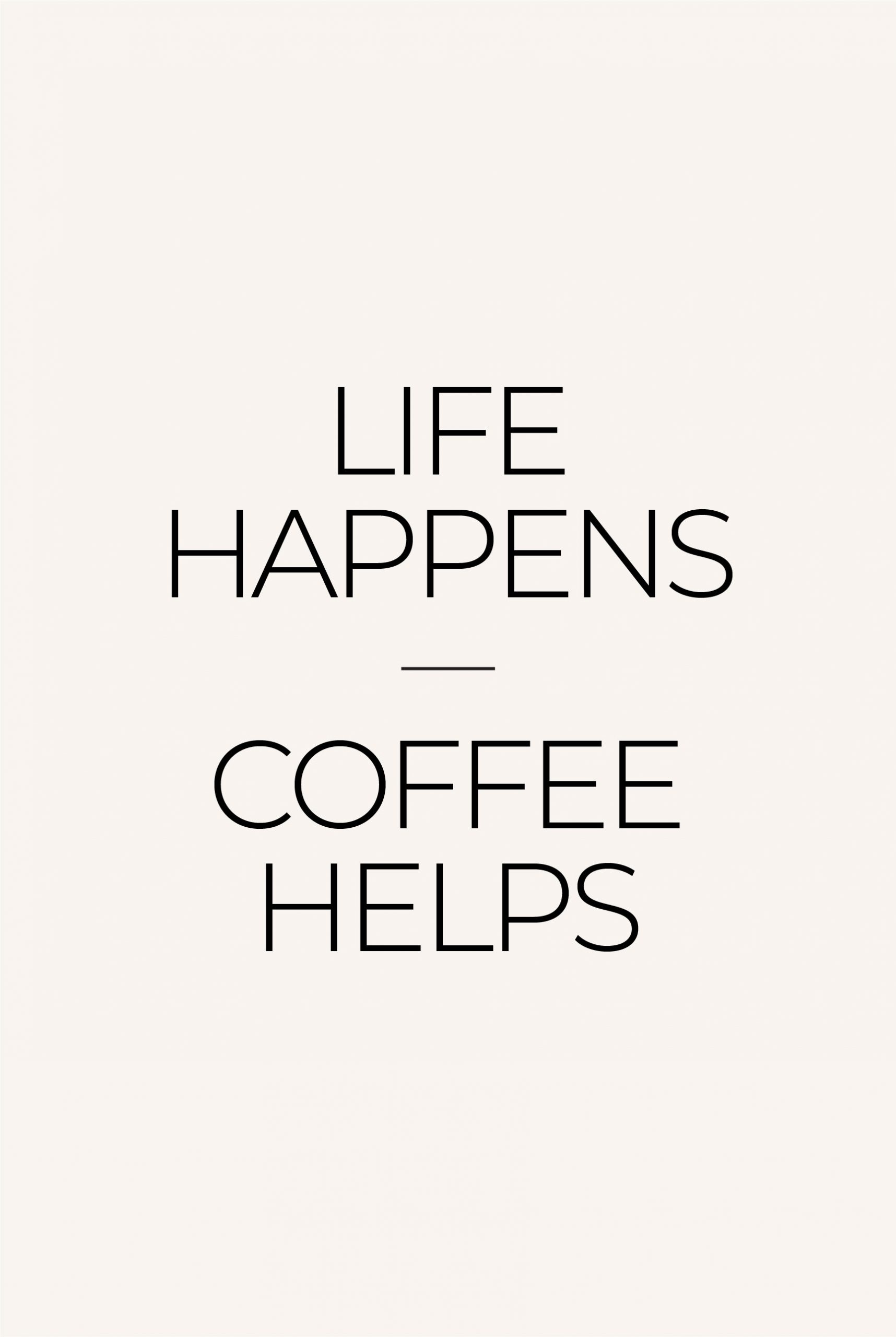
Food and drink posters are the most common prints displayed in the kitchen. In fact, they are the easiest to display in the room as they completely blend well with the purpose and function of the room. However, food and drink posters become boring in the long run. Try to be innovative and use other poster designs to give the kitchen a fresh new appeal. For the kitchen to look lively and vibrant, consider decorating the wall with poster designs that are classic and timeless, such as black and white prints.
Decorating the kitchen walls
As many of us know, the kitchen is not only used to prepare our meals. Just like in any other room, the kitchen may be multifunctional. It can be a place for entertainment in which a television set is added. It can also be a place for dining or for eating breakfast with the family. In other households, the room is also used to receive guests.
It is important to treat the kitchen just like how we treat the other rooms of the house. At least when it comes to decorating the walls. By tradition and practice, kitchens are usually decorated with food and drink posters. However, there are other designs that can be used to break the tradition. Kitchen wall art can add visual interest and personality to the room. In addition to framed artworks, homeowners use oversized utensils, tapestries with designs that are associated with the room. Want to make the kitchen look more stylish and trendy/ use oversized letters in various fonts and colors. This decor is created with the use of thin but sturdy metals that may be light enough to be displayed.
Poster designs to display in the kitchen
There are no strict rules when it comes to decorating the kitchen with posters. Although, there are some when it comes to how you hang and arrange them on your walls. There are many designs and themes to choose from. For instance, abstract posters add life with the colors, patterns, and designs they have, Nature-themed posters can also give a refreshing and rejuvenating vibe to the kitchen. With the images of plants, flowers, seascapes, and landscapes, the kitchen will have a calming and relaxing atmosphere that you will love.
Go minimalist with Scandinavian-inspired prints as well as black and white posters. These posters will help you achieve a simple yet elegant room appearance that can be the highlight of the entire house. In fact, many homes these days use the minimalist design style as there are also benefits they give to the mind and body.
Typography posters are also popular and many of them have inspirational or motivational quotes. Sometimes what we need are positive words to keep us going. The messages written on the posters, though however simple they are, can have a big impact on our total well-being.
Prepare the kitchen for the holidays with Christmas-themed posters. Not only that these prints will bring the spirit of Christmas to your home, but they will also make the kitchen look vibrant and lovely. With the colors of the season in your kitchen, you will have inspiration and motivation in prepping the meals for Christmas.
